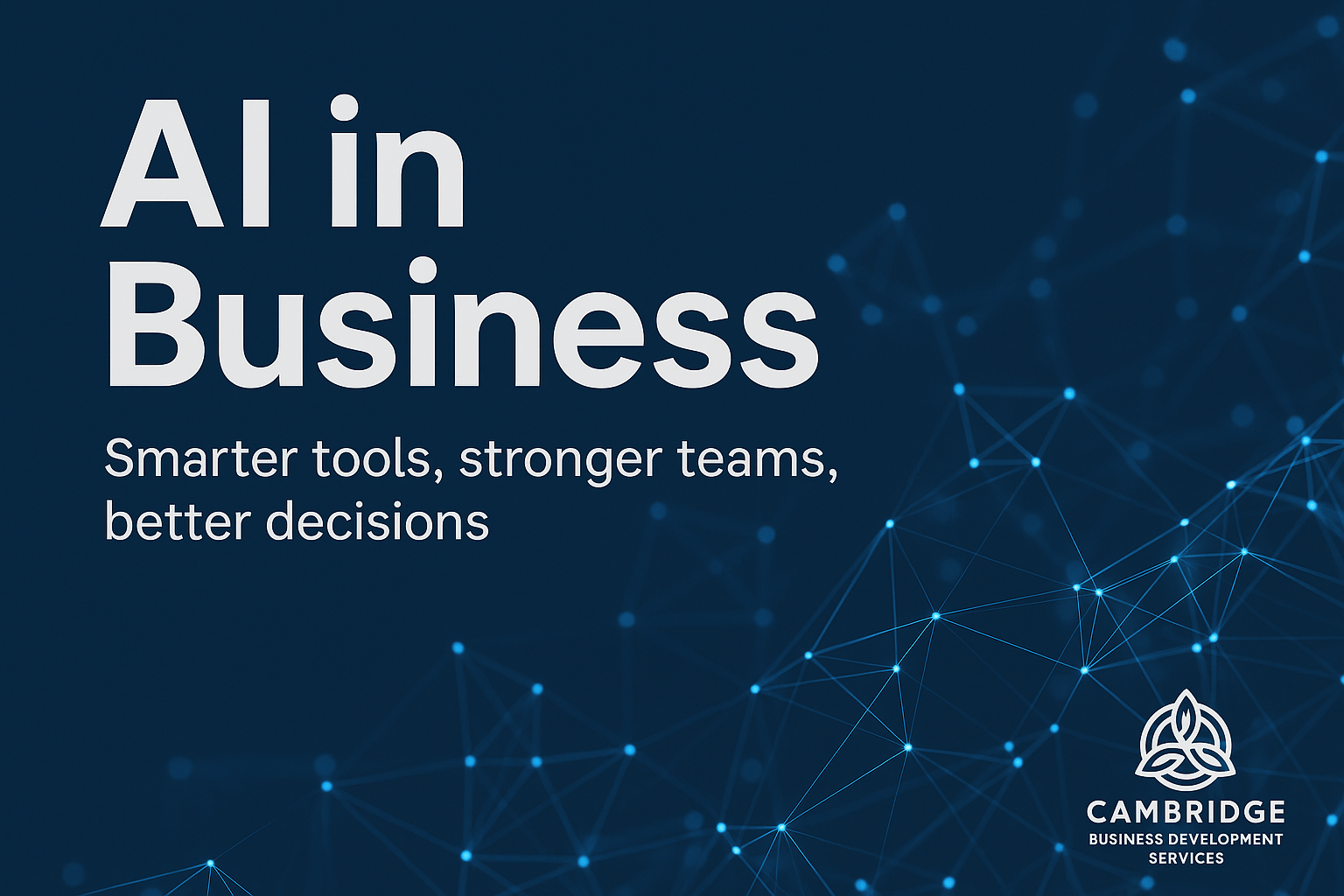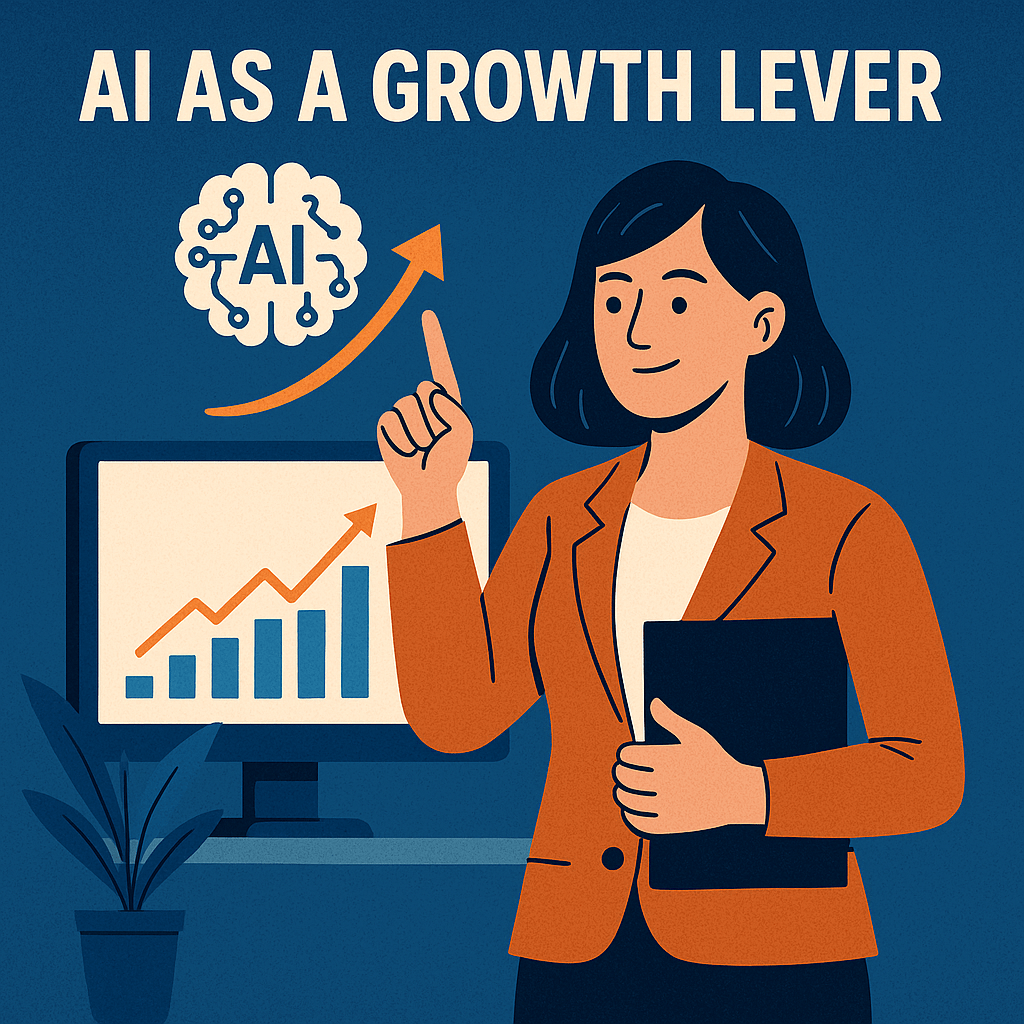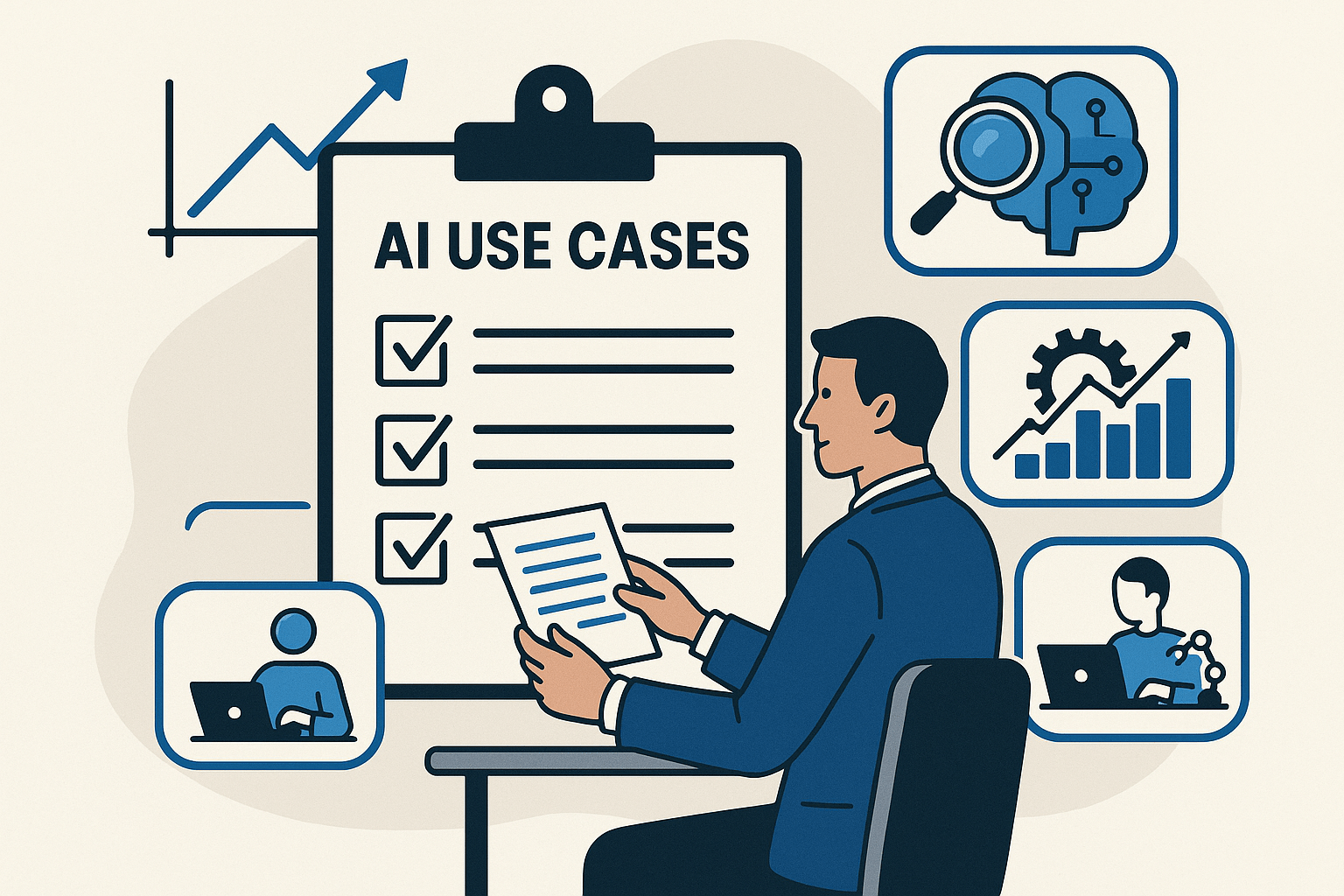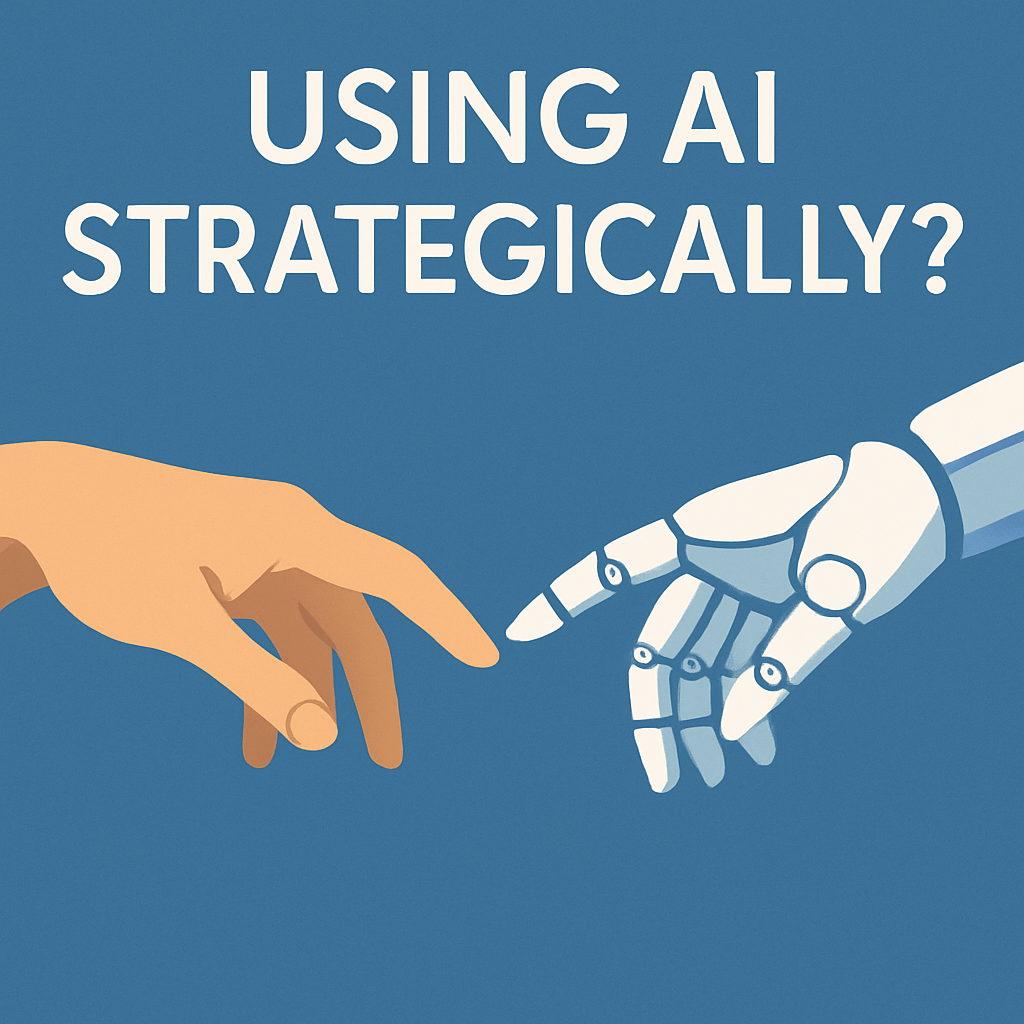
Over the past few months, I’ve been working on something new. A course designed for founders, team leads and managers who want to take the confusion out of AI and turn it into something practical. That course is called AI in Business and it’s now live!
If you’ve been following my recent blog posts and conversations on LinkedIn, you’ll know I’ve been exploring the role of AI as a strategic tool and not just as a shiny piece of tech.
This course takes that further. It’s designed to help you understand what AI can (and can’t) do for your business and how to actually use it in ways that stick.
What you’ll get from the course
This is a course for people who want clarity, not more noise.
You’ll learn how to:
- Cut through the hype and apply AI in ways that deliver real results
- Spot high‑value opportunities for AI in your own business
- Move from automation experiments to full integration
- Bring your team with you (even the sceptics)
- Avoid common mistakes that cost time and money
You don’t need to be technical. You don’t need a data team. You just need to be open to thinking differently about how you lead, plan and deliver with AI in the mix.
Why this AI in Business course matters now
AI isn’t going anywhere. But the gap between those who are using it well and those who aren’t is growing.
This course is about helping you get on the front foot, without getting overwhelmed.
Whether you’re exploring AI for the first time or you’ve already experimented and want to take it further, this course will give you a structure, a strategy and a path forward.
Take a look
The standalone version of AI in Business is now live and available here:
👉 https://cambizdev.services/product/ai-in-business/
I’ll be adding bundle options next week that include coaching support. So if you’re looking for a more guided route, stay tuned for that.
Key takeaway:
You don’t need more tools. You need a better way to think about how AI fits into your business.
This course will help you do exactly that.
💬 If you’ve got questions about the course or want to talk through whether it’s a fit for your team, feel free to get in touch.








